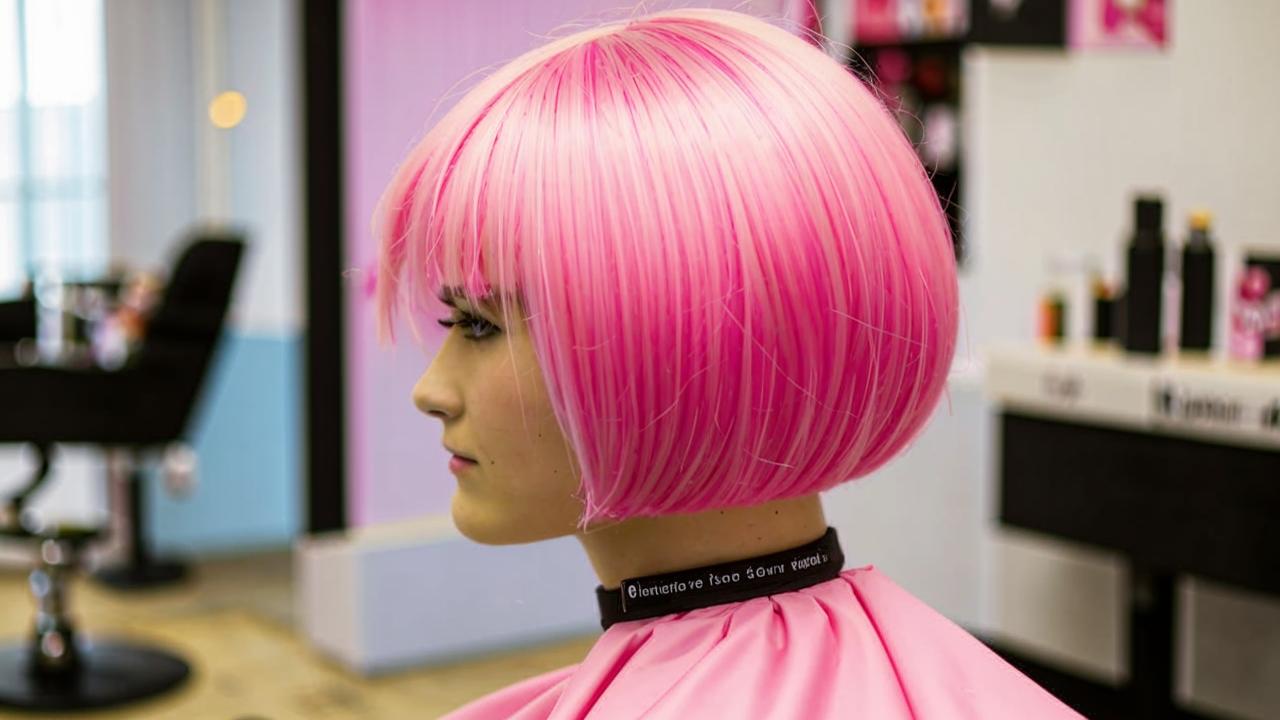Social networks were filled with photos of young people in voluminous things and with bright hair color. Sometimes the image is complemented with platform boots. Girls often do bright makeup. In the photos they lower their eyes to the floor, which serves as an expression of grief. They call such teenagers altushki.
Why did the heroes of their time choose such a definition? Does the new youth movement differ from emo, goths and punks? Let’s look for answers together with a psychologist.
Who are the violas?
The alt subculture appeared relatively recently, in 2021. Came a trend from social networks, like everything that becomes popular in recent times. In English, “alt” means unconventional, different from the norm. It’s short for the word alternative.

Adherents of the new subculture follow a certain style in clothing. They wear dark sweatshirts, T-shirts and wide-cut pants, boots with rough soles. Hair is usually dyed in blue, pink colors. Girls experiment with makeup: apply bright shadows on the eyes, draw black arrows, use lipstick scarlet shades. In the images can add cuteness: badges depicting butterflies, headbands with cat ears.
Shapeless dark clothes, bright makeup and accessories in the form of various chains, rings, headbands – a compilation of previous subcultural youth styles. Altushki managed to combine attributes of emo, goths and even punks. It turned out to be a kind of new reading of previously familiar subcultural external images.
Psychology of the alt generation
Some believe that clothes are the only thing that unites young people. By bright eccentric image teenagers find close friends with similar interests. They unite in groups, discuss problems and seek answers to the questions troubling young hearts.
However, in addition to external attributes, alts also adhere to the line of behavior designated in their circles. They cultivate a psychology of suffering. Alts distance themselves as much as possible from society, moralizing parents, wanting to mark their boundaries, and in a rough way build communication with loved ones.
Among themselves, they call adults boring and backward, not understanding the rebellious soul of the younger generation. Hence the downcast look and the desire to flaunt their sadness. Such behavior causes a lot of negativity on the part of society and loved ones, which seems that something is wrong with the younger generation. But it is not always necessary to be immediately alarmed and try to protect children from bad influences.

Why are teenagers interested in subcultures?

Business psychologist, clinical psychologist “Clinic Dr. Anikino”
“It is characteristic for teenagers to search for identity, their place in society, personal values and interests. Subculture is one such way to find a circle of like-minded people who support you. Such associations offer young people a certain style, symbols, music, language, goals and rules. Subcultures help you express your individuality.
Joining various youth associations is a manifestation of the desire to separate from parents and become independent. We are dealing with a natural process. This is how children make the first step, which is necessary for a full-fledged separation.
Subcultures allow teenagers to oppose adults and their norms. They have an opportunity to show their autonomy and independence. Moreover, these cultures are always sharply different from those to which their parents were committed.

Let’s remember, for example, the hippies. The ideology of free people, for whom external benefits are important, was also once frightening. But the children of the adherents of this subculture grew up and became quite different. They, on the contrary, have prioritized personal property and comfort.
Teenagers need companionship, support, understanding and friendship. Subcultures for them represent a community of like-minded people who share hobbies, problems, emotions and also protest against parents. Any such association gives an opportunity to try new models of behavior in an environment where no one will judge for an unfamiliar appearance or questions on sensitive topics.
How do subcultures affect adolescent development?
Belonging to subcultures is an important maturation and separation process for adolescents. They go through a stage of psychosocial development called an identity crisis. As a child grows into adulthood, they begin to wonder, “Who am I? Where am I going? What do I want?”. Subcultures help answer these questions and help shape one’s identity.
Most teens eventually outgrow their subcultural attachments, become more mature, and fit into society. Some may stick around for a long time or even a lifetime. This happens when a person finds no other avenues of self-actualization.
Subcultural movements in teenagers often do not carry negative colors and are not dangerous. Some of them even look positive in the eyes of the older generation. For example, subcultures that unite young people on the basis of their love of sports, art and music.
Youth informal movements often help develop innate skills and talents, and are the starting point for lifelong friendships.
Some subcultures can have negative and destructive sides. It is important for parents to pay attention to communities associated with aggression, violence, alcohol, sectarianism, etc. Such subcultural movements interfere with normal human development, destroy interest in education and career, and then there is a blow to health and family relationships.

How should parents react?
There is no unambiguous answer to this question. Parents should strike a balance between trust and control, support and boundaries, tolerance and criticism. In any case, there is no need to panic. All the more so, one should not veto it without understanding it. As we know, the forbidden fruit is sweet. Punishment for inappropriate appearance can only exacerbate the situation.
To begin with, it is worth trying to understand why the teenager joined a certain subculture. It is important to find out what he gets out of it, how he feels, how he interacts with other members and how it affects his life.
It is important for parents to remain understanding and give love and care even during the most acute periods of their children’s growing up. Remember to talk about risks, consequences and responsibilities, and set reasonable boundaries and rules. In difficult situations, don’t hesitate to discuss the problem with teachers and psychologists.
Belonging to a certain subculture is an important process of maturation and separation for teenagers. They need to be recognized, to communicate with a new circle of people, to experiment. This is the way to independence and the natural way for an adult to form his or her identity.
Subcultural movements can help adolescents in these processes, as long as they do not disrupt their development, health, education, career and family relationships.






